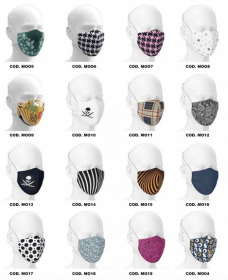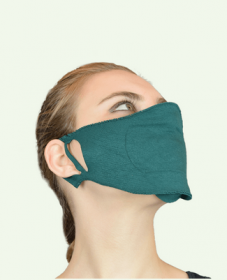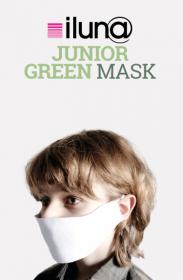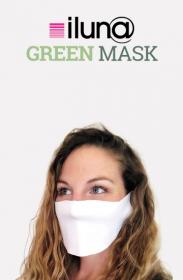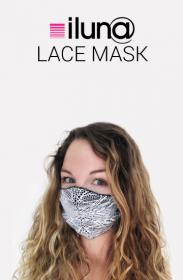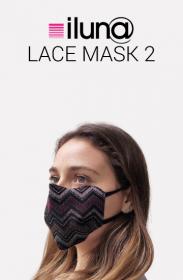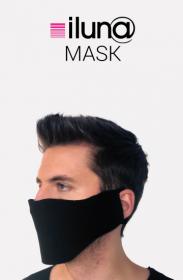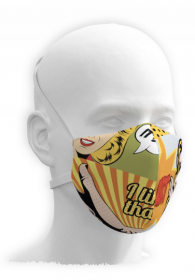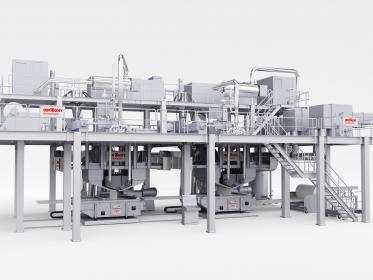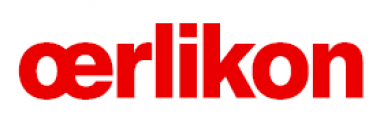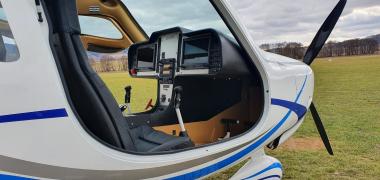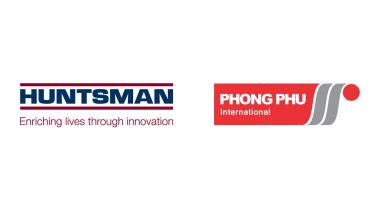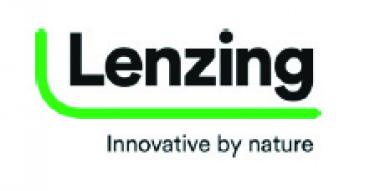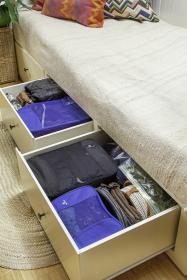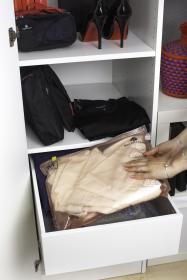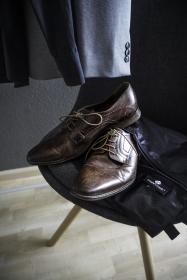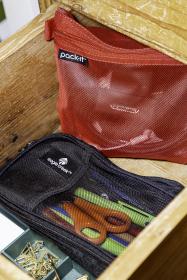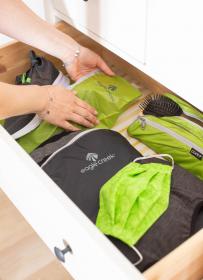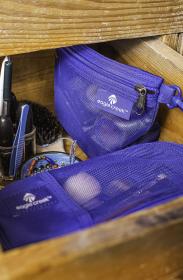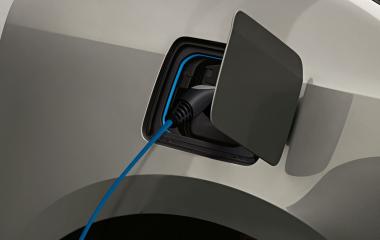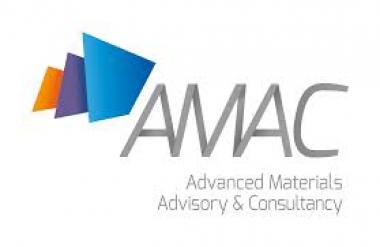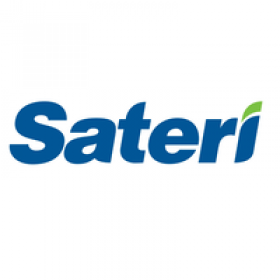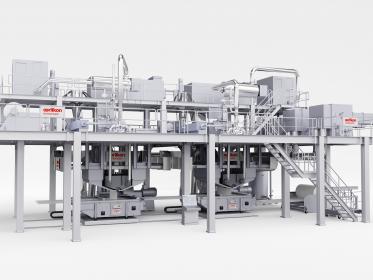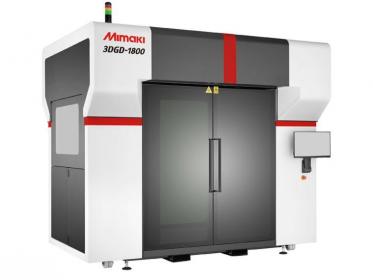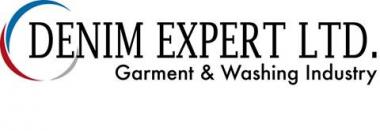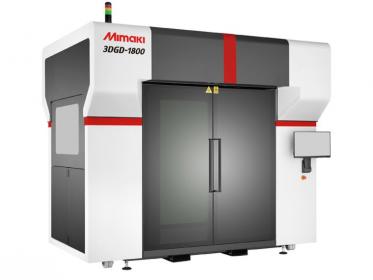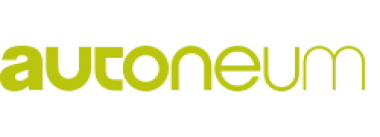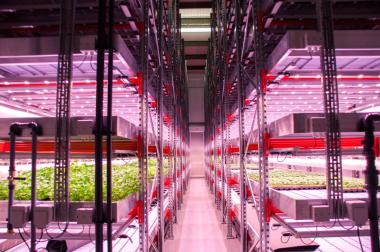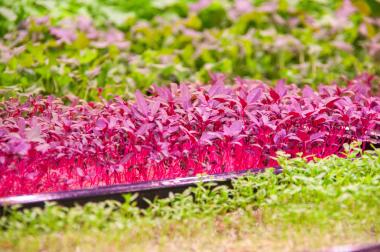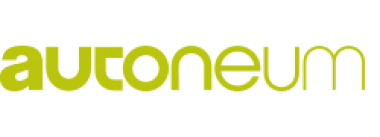Virtual event series by Mimaki
- Live Event Series Launched to Connect with Customers and Drive New Opportunities After COVID-19
Mimaki Europe, a leading manufacturer of inkjet printers and cutting systems, has announced it will host a three-part virtual event series – Mimaki Live Series – to support customers looking for inspiration and advice on how to maintain or revive business after the COVID-19 crisis.
Building on the success of Mimaki’s Virtual Print Festival in March and April this year, Mimaki has created an exciting and insightful three-day programme for three market-focused virtual events:
- Event I – Sign Graphics – 30th June 2020
- Event II – Textiles – 14th July 2020
- Event III – Industrial Printing - 27th August 2020
Each event will provide a platform for Mimaki representatives, customers, and suppliers to discuss the impact the COVID-19 crisis has had on their business and the wider industry, as well as share their experiences, challenges, and success stories.
The Mimaki Live events will feature a host of engaging panel discussions, opinion polls, live chats and Q&As, all designed to prompt important, topical discussions and share information and advice across the print community.
To register for the Mimaki Live event series, please visit www.mimakieurope.com/mimaki-live-event.
Mimaki
Mimaki








